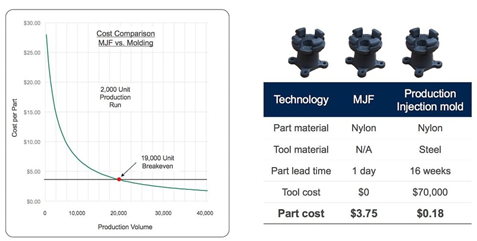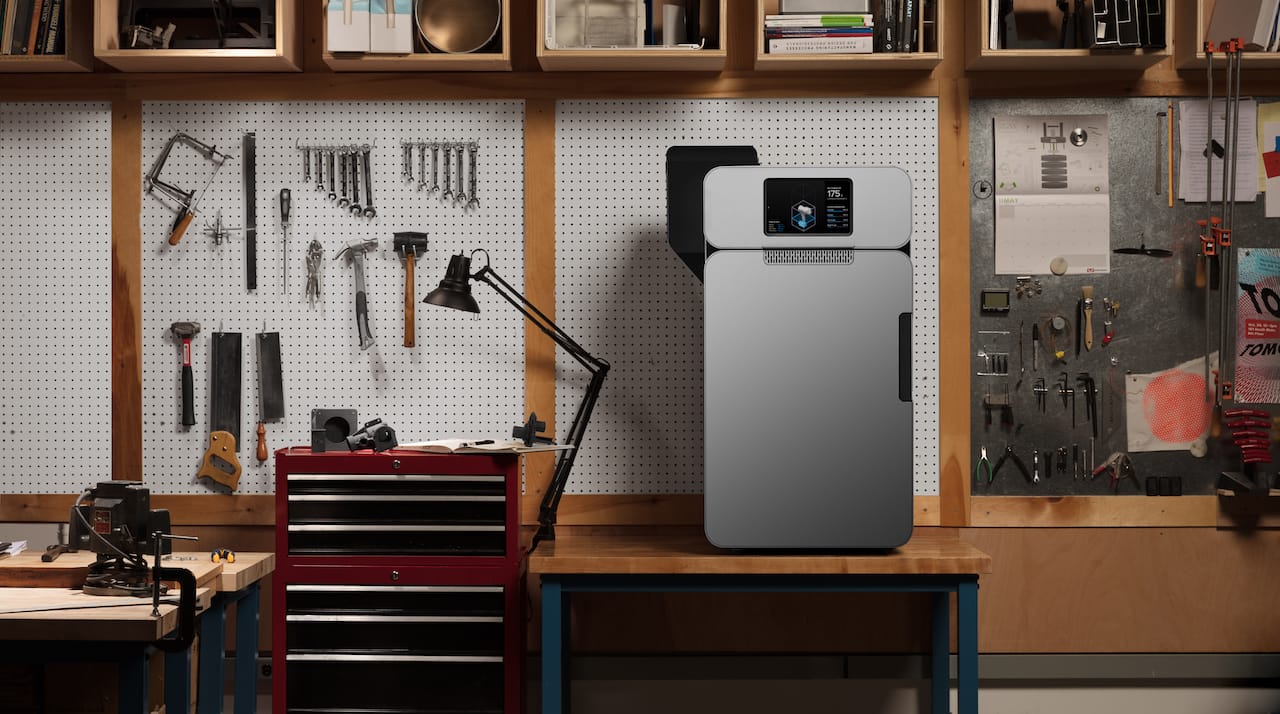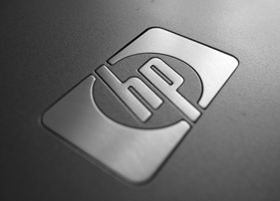
Charles Goulding, John Chin, and Steve Kelly of R&D Tax Savers discuss 3D printing with nylon material.
Nylon (polyamide) is known for its impressive durability, strength, flexibility, low friction, and corrosion resistance. It is one of the most popular materials to 3D print with because it is tough and versatile. Some common applications of nylon material are the creation of plastic gears, screws, nuts, bolts, cable ties and durable prototypes. Formlabs and HP are developing 3D printers that are specially made to print with nylon. U.S. companies that partake in the development of new technology may be eligible for research and development tax credits.
The Research & Development Tax Credit
Enacted in 1981, the federal Research and Development (R&D) Tax Credit allows a credit of up to 13 percent of eligible spending for new and improved products and processes. Qualified research must meet the following four criteria:
-
New or improved products, processes, or software
-
Technological in nature
-
Elimination of uncertainty
-
Process of experimentation
Eligible costs include employee wages, cost of supplies, cost of testing, contract research expenses, and costs associated with developing a patent. On December 18, 2015, President Obama signed the bill making the R&D Tax Credit permanent. Beginning in 2016, the R&D credit can be used to offset Alternative Minimum Tax and startup businesses can utilize the credit against $250,000 per year in payroll taxes.
Formlabs Fuse 1

Formlabs made a commitment to nylon printing by developing their first selective laser sintering (SLS) 3D printer, the Fuse 1. Huge companies, such as New Balance and Google, are already testing the new system and its capabilities. SLS is a form of additive manufacturing that uses lasers to sinter a powdered plastic into a solid structure based on a CAD model. SLS has been a popular choice for rapid prototyping and functional prototyping due to low cost and high productivity. In the past, SLS printing was only viable for select high-tech companies, but advances in technology have made SLS printing affordable. It has distinct benefits over FDM for short-run production, as it achieves better surface finishes, less post-processing, and higher packing density of the build volume. According to Formlabs, the Fuse 1 starts at $9,999, 20 times less expensive than the lowest priced industrial SLS machines. The Fuse 1 is compatible with nylon PA 12, and in the near future, nylon PA 11. These nylon polymers are the industry standard for durable and strong prototype; nylon 12 is stronger and more abrasion resistant while nylon 11 is more flexible and impact resistant. SLS printing can print a large batch of prototypes at a time and after the printing is done, there is minimal time and labor involved in post-processing. Any leftover nylon powder can be extracted and sifted to get rid of any large clumps then recycled for later use. Fuse 1 is a versatile printer that is aimed at small-medium-large businesses. Numerous industries from medical product development to education have shown interest in the Fuse 1. Due to the compact size, which can fit on a table, the machine will help to fill needs where current low-cost FDM technologies are not yet viable.
HP Jet Fusion 300/500 Series 3D Printer

Early February 2018, at the Solidworks World exhibition, HP announced the Jet Fusion 300/500 series 3D printers at under $100,000. HP is determined to bring 3D printing into the hands of anyone who wants one. These new printers support printing with a wide variety of colors, something that is novel to the 3D printing industry. These printers will start at around $50,000 and are ideal for making functional prototypes for industries such as automotive and aerospace. HP’s color 3D printers are already being tested at facilities such as Youngstown State University and Phoenix Children’s Hospital to help plan intricate heart operations.
According to HP, “printing time [on the 580 and 546] is a fraction of the time of the printing times of comparable plastic fused deposition modeling (FDM), stereolithography (SLA), and material jetting solutions.”
HP’s Multi Jet Fusion technology is a powder-based technology but does not use lasers. The powder bed is heated uniformly, then a fusing agent is jetted where particles need to be selectively melted, and a detailing agent is jetted around the contours to improve resolution. While lamps pass over the surface of the powder bed, the jetted material captures the heat and helps distribute material evenly. Similar to the Fuse 1, the Jet Fusion uses Nylon PA 12 material to print which allows for the production of parts with a high density and low porosity. The quantity of 3D printed parts that can be printed with cost effectiveness will be significantly greater, changing the cost structure across several industries that have low-volume products, or require ready-reserves of spare components. The Jet Fusion system is by far the market leader on the material performance per unit cost metric, and as they develop their machines at lower price points, more industries will have to reconsider their distribution operations and digital IP to be more congruent with the possibilities of the vast improvements to 3D printing technologies. In fact, HP already states that 50% of the plastic components of their Jet Fusion machines are printed on other Jet Fusion printers, thus demonstrating the cost-efficacy of the process. Similar to popular FDM printers such as LulzBot and Prusa, the integration of 3D printing into their manufacturing pipeline will give HP the opportunity to understand the long-term performance of the machines.
Ideal applications for Multi Jet Fusion:
-
Low-volume production of complex end-use parts
-
Series of small components as a cost-effective alternative to injection molding
-
Prototypes for function testing
-
Prototypes with mechanical properties
Conclusion
It is important to recognize that these printers will be a historic moment in the industry, where hypothesized technologies such as digital twin and distributed manufacturing will finally come to fruition. Both the Formlabs Fuse 1 and HP Jet Fusion printers showcase the capabilities of nylon printing. The Fuse 1 uses selective laser sintering methods while the Jet Fusion uses HP multi-jet technology, however both create 3D items with improved material characteristics and surface finishes over existing technologies. Traditionally, fused deposition modeling (FDM) has been the leader in cost-effective 3D printing, but due to resolution limits and layer adhesion issues, FDM is not viable for precision prototypes or small-scale production. SLS and Fusion Jet on the other hand greatly improve the material properties near isotropic levels, so that concerns of durability and accuracy are diminished. Moreover, they have natural support material, thereby reducing waste. The Fuse 1 is significant not only due to the output quality, but the overall cost of the device is roughly 1/10th any competing system. Below is a graph that demonstrates the cost comparison using HP’s Multi-Jet Fusion (MJF) and injection molding. Due to low tooling costs and high efficiency, new additive technologies with high-quality materials are set to significantly change the economics of small scale manufacturing. By 2019, these machines will be more ubiquitous, and companies will have the opportunity to consider 3D printing as a viable alternative to injection molded components in production.

